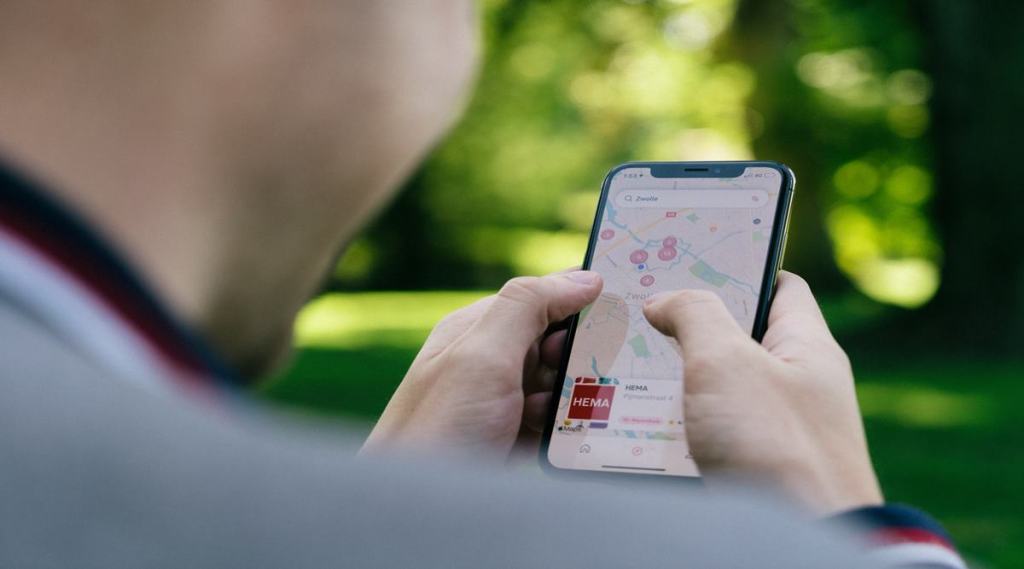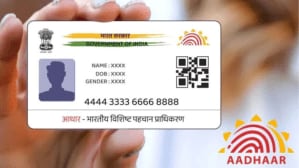Data related to maps and location play a crucial role in the digital world. Everything from self-driving cars to IoT devices (Internet of Things) is powered by big data visualisation tools. It becomes restrictive when all data is under one or two mega-firms. It also involves increased licensing costs.
Partnership between The Linux Foundation and some of the biggest technology companies in the world have led to the development of interoperable and open map data. It seems to counter the dominance of Google Maps in the area of digital mapping. The Overture Maps Foundation is the program being driven by Amazon Web Services (AWS), Microsoft, Meta and TomTom, a Dutch mapping company. Bringing new map products through openly available datasets which can be used as well as reused across business and applications wherein each member can throw their resources and data into the mix.
Jim Zemlin, the executive director of Linux Foundation said in a press release that “Mapping the physical environment and every community in the world, even as they grow and change, is a massively complex challenge that no one organisation can manage.” He added “Industry needs to come together to do this for the benefit of all.”
Jan Erik Solem, the engineering director for Maps at Meta said “Immersive experiences, which understand and blend into your physical environment, are critical to the embodied internet of the future,” He added “By delivering interoperable open map data, Overture provides the foundation for an open metaverse built by creators, developers, and businesses alike.”
Harold Goddijn, the CEO of TomTom said, “TomTom’s Maps Platform will leverage the combination of the Overture base map, a broad range of other data, and TomTom’s proprietary data in a continuously integrated and quality-controlled product that serves a broad range of use cases, including the most demanding applications like advanced navigation, search, and automated driving.”
Emerging technologies will have spatial mapping and it will be vital. It was said by the Overture Maps Foundation that they are working towards the release of its first dataset in the first half of next year. It was also mentioned that basic layers such as buildings, administrative information and roads will be included as well and over time 3D data will reflect.
ALSO READ | Satellite imagery norms loaded against local firms: MapMyIndia seeks level playing field with Google
ALSO READ | Google to merge mapping service Waze with maps products teams









